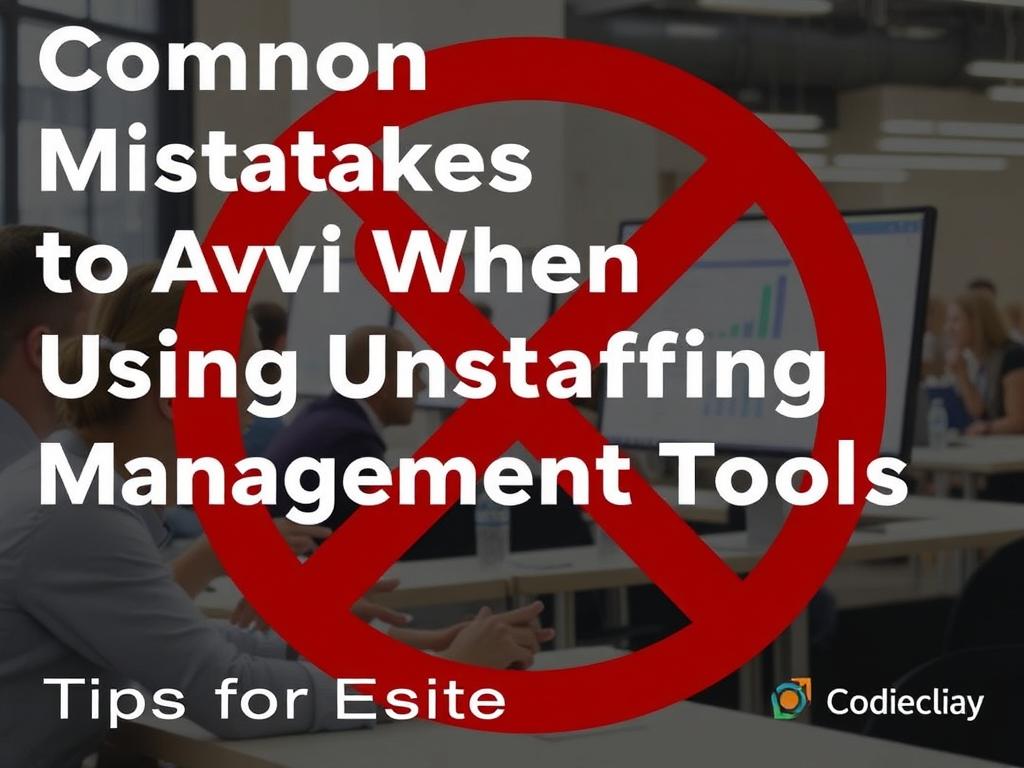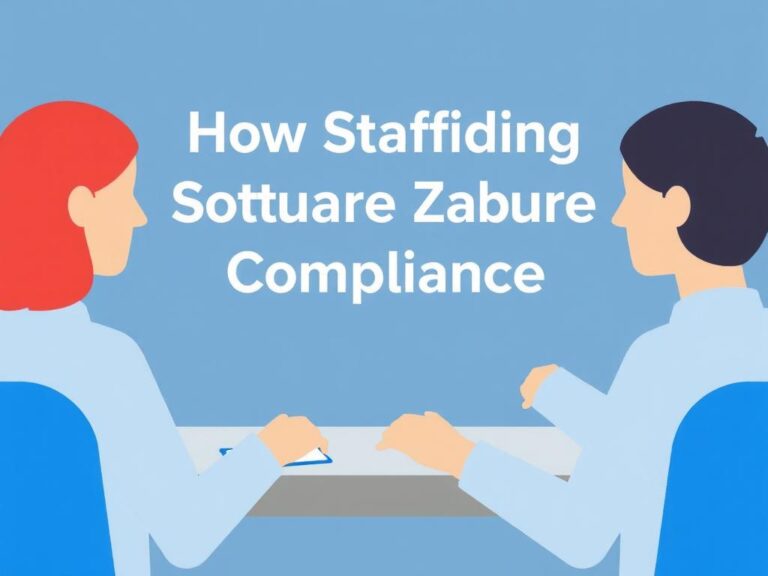Common Mistakes to Avoid When Using Staffing Management Tools
In today’s fast-paced business world, staffing management tools have become indispensable for organizations looking to streamline their workforce operations. From scheduling and time tracking to performance monitoring and recruitment, these tools promise increased efficiency and reduced human error. However, despite their potential, many companies struggle to harness their full benefits due to common missteps. Understanding these typical mistakes can help businesses maximize return on investment and create a truly effective staffing process. If you’re about to implement or are already using staffing management tools, it’s essential to know what pitfalls to steer clear of.
Ignoring User Training and Support

One of the most widespread mistakes when adopting staffing management tools is underestimating the importance of proper user training. Many organizations purchase powerful software systems but fail to invest in adequate onboarding or ongoing support for their team members. Without sufficient training, employees may not utilize critical features, or worse, make errors that defeat the purpose of using the tool. This often leads to frustration, reduced trust in the technology, and even a retreat back to manual or outdated methods.
To avoid this, ensure your staff understands not only how to navigate the tool but also the reasons behind its features. Hosting introductory sessions, offering detailed guides, and establishing a point of contact for troubleshooting can make all the difference.
Tips for Effective Training

- Provide hands-on workshops instead of just theoretical demos.
- Create role-specific tutorials tailored to different team members’ responsibilities.
- Encourage questions and feedback to identify pain points early on.
- Use periodic refresher courses as software updates roll out new features.
Lack of Integration with Other Systems
Staffing management tools don’t operate in a vacuum. In most cases, they need to communicate with other platforms like payroll, HR, and project management software. Failing to integrate these systems results in duplication of work, data inconsistencies, and delays. For example, if your time tracking software is disconnected from payroll, it could cause errors in employee wage calculations and create dissatisfaction or compliance risks.
Before adopting a staffing management tool, evaluate its integration capabilities thoroughly. Aim for a solution that supports API connections or built-in integrations with your existing technology stack.
Common Integration Challenges
| Challenge | Impact | How to Prevent |
|---|---|---|
| Data Silos | Information trapped in separate systems causing duplication | Choose tools with seamless integration features |
| Manual Data Entry | Increased errors and time consumption | Automate data flow between platforms where possible |
| Incompatibility | Software systems that cannot communicate effectively | Research compatibility and ask vendors before purchase |
Overcomplicating Setup and Workflows
Many users fall into the trap of over-engineering their staffing management processes when setting up the tool. While it may be tempting to configure every possible feature and create complex scheduling rules, overly complicated workflows can confuse employees and managers alike. This can reduce adoption rates and slow down decision-making instead of accelerating it.
To keep things manageable, focus on your essential needs first. Start with basic scheduling, shift tracking, and communication options, then gradually add advanced features as your team becomes comfortable. Remember, simplicity often drives more effective use.
Strategies for Simplifying Tool Usage
- Analyze your staffing patterns and prioritize the most common scenarios.
- Avoid creating unnecessary approval steps that delay processes.
- Set up clear categories or tags for shifts or roles to avoid confusion.
- Regularly review and refine your workflows based on user feedback.
Ignoring Data Privacy and Security
Staffing management tools store sensitive employee information, from personal details to attendance records and performance evaluations. Neglecting data privacy and security can expose your organization to compliance violations and data breaches, which damage reputations and trust.
Ensure that the staffing management tool you choose follows industry-standard encryption and access control protocols. Educate your team on best practices such as using strong passwords and restricting access based on roles. Additionally, stay informed about regulations that apply to your industry or region, such as GDPR or HIPAA, to maintain compliance.
Failing to Monitor and Analyze Staffing Metrics
One of the key benefits of staffing management tools is their ability to collect large amounts of useful workforce data. However, many businesses overlook the analytics component, focusing solely on operational tasks like scheduling. This is a missed opportunity to improve labor cost management, employee productivity, and strategic planning.
Take advantage of reports and dashboards to identify trends such as overtime spikes, absenteeism, or shift coverage gaps. Use these insights to adjust staffing plans, forecast needs, and boost overall efficiency.
Important Metrics to Track
- Employee attendance and punctuality
- Shift coverage rates
- Overtime hours and associated costs
- Employee turnover and retention patterns
- Task completion and productivity levels
Neglecting Mobile Accessibility

Modern workforces are increasingly mobile, with employees often on the move or working remotely. Staffing management tools that lack mobile-friendly interfaces can limit their usefulness and frustrate users. Without mobile access, staff may struggle to check schedules, request shift swaps, or receive real-time notifications.
When evaluating tools, prioritize options with well-designed mobile apps or responsive web portals. Encouraging employees to use mobile platforms helps improve communication, flexibility, and overall engagement with the staffing system.
Conclusion
Using staffing management tools effectively takes more than just signing up for the latest software. Avoiding common mistakes—such as skimping on user training, neglecting integration, overcomplicating workflows, ignoring data security, failing to track key metrics, and overlooking mobile accessibility—can turn your tool from a costly inefficiency to a powerful asset. By approaching staffing management thoughtfully and ensuring your team is supported, you can drive better workforce planning, enhance employee satisfaction, and ultimately boost your organization’s success. Whether you’re a small business or a large enterprise, these insights will help you leverage staffing management tools to their fullest potential without falling victim to common pitfalls.






